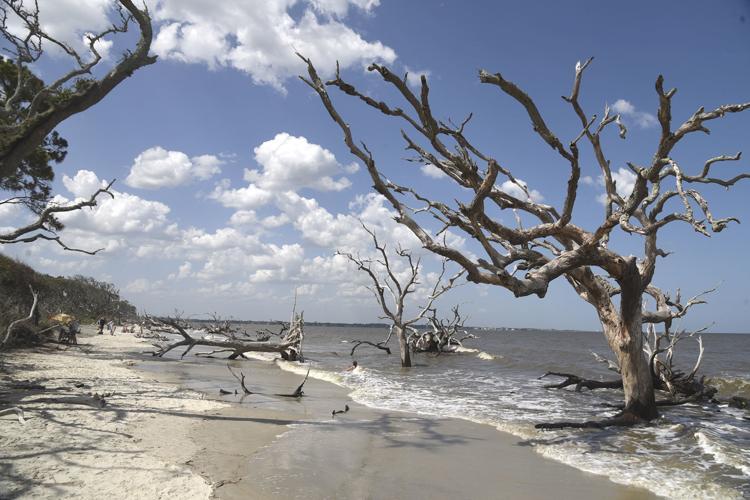
Total Maximum Daily Loadings

The State of Georgia assesses its waterbodies for compliance with water quality standards as required by the Federal Clean Water Act (CWA) and 40 CFR 130.7. Assessed waterbodies are placed into one of three categories: 1) supporting, 2) assessment pending, or 3) not supporting. If a waterbody is not supporting its Designated Use and does not have a Total Maximum Daily Load (TMDL), it is placed on the 303(d) List and will require a TMDL be developed. The 303(d) List contains the list of waters, pollutants causing the impairments, and a priority ranking.
TMDLs are frequently developed using Water Quality Models. This process establishes the allowable pollutant loadings that can be discharged into a waterbody and still meet the water quality standards. TMDLs are described by the following equation:
TMDL = ∑WLA + ∑LA + MOS
Where:
WLA = Waste Load Allocation assigned to existing and future point sources and constitutes a water quality based effluent limit.
LA = Load Allocation attributed to existing or future nonpoint sources of pollution and to natural background sources, tributaries, and adjacent segments.
MOS = Margin of Safety that can be either implicit or explicit.
If Best Management Practices (BMPs) or other nonpoint source controls make the LA more stringent, then the WLAs can be made less stringent. Therefore, the TMDL process provides for pollutant trading.
Proposed TMDLs
Final TMDLs
TMDLs that have been developed by GA EPD are considered final once the following actions have taken place.
- Draft version of a TMDL document released for public comment;
- Public comments received (if any) are reviewed, summarized, and appropriately addressed, with revisions made to the draft TMDL document, on an as needed basis;
- Final version of a TMDL document and a summary of comments and responses (if any) are submitted to US EPA for review and approval;
- EPA approval letter and decision document received by GA EPD
Bacteria TMDL Supplemental Documents
As part of the 2019 Water Quality Standards Triennial Review of Water Quality Standards, Georgia adopted E. coli and enterococci criteria for waters designated as fishing, coastal fishing, and drinking water to protect recreators who may have inadvertently ingest water. The Georgia Board of Natural Resources adopted the updated criteria on January 28, 2022, followed by US EPA Region IV approval on August 31, 2022. The E. coli and enterococci criteria replace the fecal coliform criteria that had been in place since the 1970’s.
The Georgia Environmental Protection Division (EPD) has developed forty (40) Total Maximum Daily Load (TMDL) Supplement Documents to describe the translation of the fecal coliform calculations to the new bacteria indicator, either E. coli or enterococci, for the segments identified in the existing approved fecal coliform TMDL documents. To the extent that these existing approved TMDL documents make specific permitting recommendations based on fecal coliform, those recommendations have been translated to the appropriate bacteria indicator (either E. coli or enterococci) in all wasteload allocations (WLA). US EPA Region IV accepted these TMDL Supplement Documents on May 11, 2023.
Links to each TMDL Supplement Document can be found in the List of Final TMDLs Organized By Basin. directly below the related fecal coliform TMDL.
TMDL Alternatives
Revised TMDL Implementation Plans and BMP Resources
Prior to 2012 individual Revised TMDL Implementation Plans were prepared for each impaired stream segment. After 2012 a more detailed Implementation Plan was included in Section 7 of the TMDL documents. For more information regarding TMDLs, TMDL Implementation Plans, or Watershed Improvement Plans, please contact Elizabeth Booth at 404.463.4929. Resources regarding Watershed Assessment and Planning can be found below.